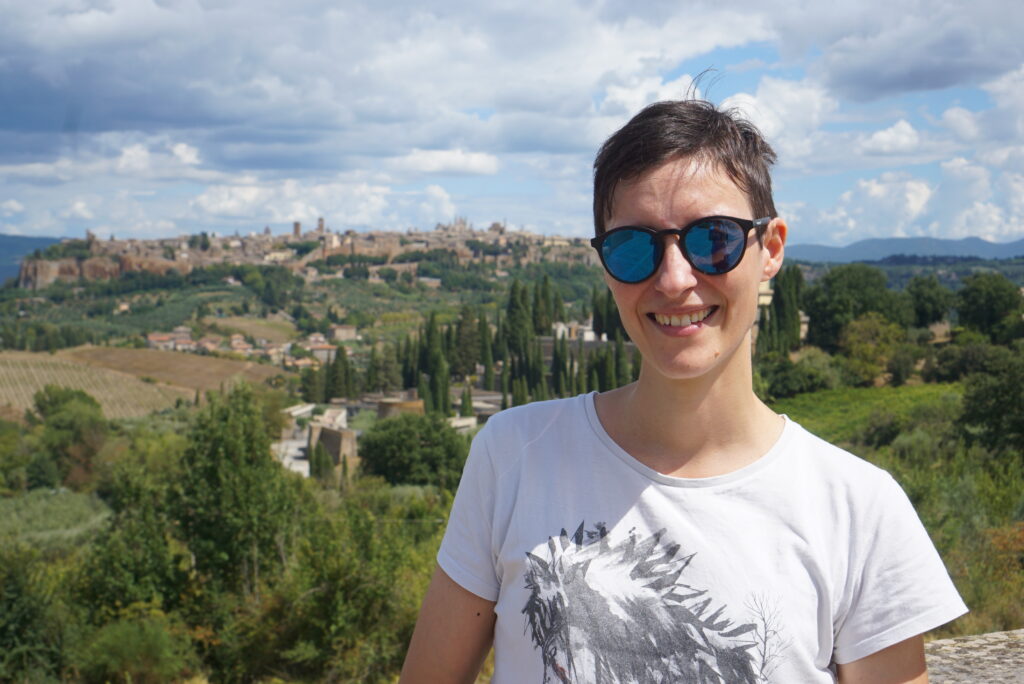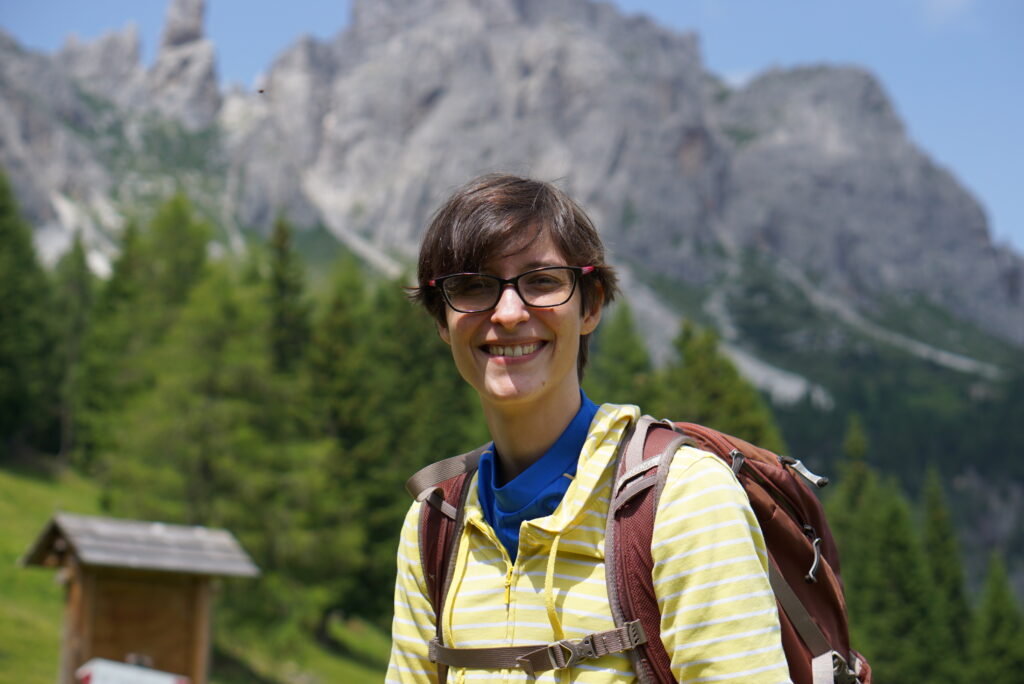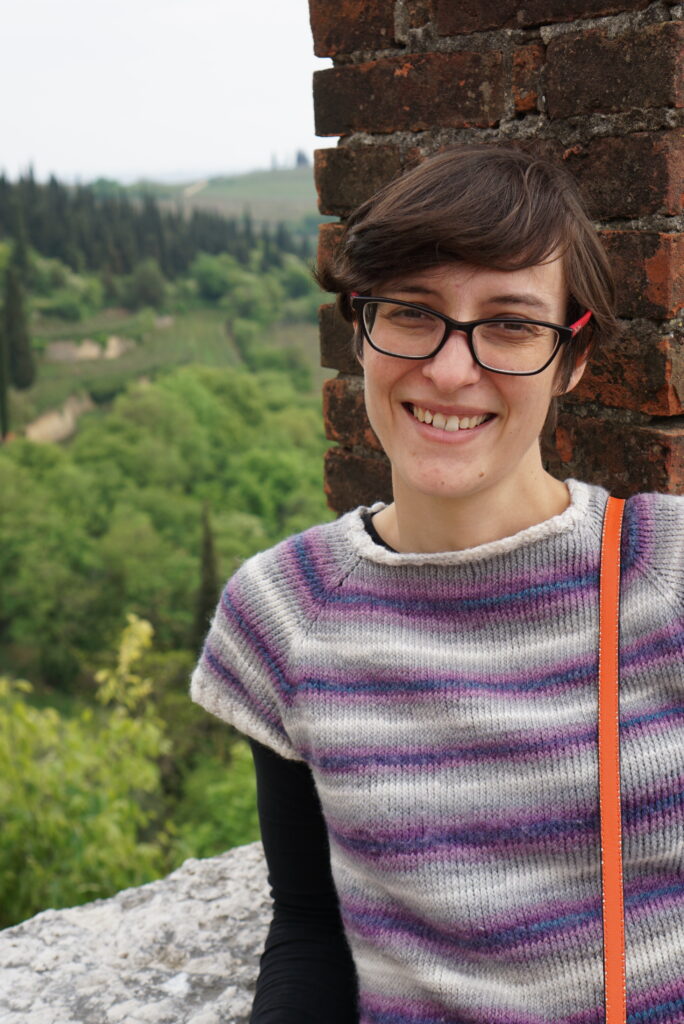Euclid is a space mission planned, built, and operated by more than 2000 scientists and engineers across Europe and other countries. In Portraits of Euclideans we showcase the people behind the mission.
In this portrait: Laura Bisigello, Euclid Research Scientist in Galaxy and AGN evolution.
- Can you tell us something about your background?
I was born in the Northeast of Italy, in the countryside, not far away from the mountains. There, when I was young, I could go to look at the night sky. For my studies, I didn’t move a lot at the beginning, so I stayed in Italy, but from my PhD onwards, I moved around Europe, first to the Netherlands, where I did my PhD in Groningen, then to Nottingham in the UK, and afterwards I moved back to Italy. Now I’m moving between Padua and Bologna, again in the Northeast of Italy.
- What is your role in the Euclid Consortium?
I’m working mainly on legacy science, so not on the cosmology, but on the galaxy and the AGN evolution. One of the main things that I’m doing is describing the physical properties of the different objects that Euclid will observe, from the closest one to the furthest away. I was involved in developing the tools and the simulations that were necessary to test these tools before we had the data. Now, we can work with the data, we are looking at the real galaxies and not at simulated ones.
- What is the most interesting or exciting thing about your job?
What I like about research in general is that it merges logic and creativity. There are all the parts of physics that we can study, but you need the creativity to look at problems from different points of view or understand what is not working for a specific object, or find what is the peculiarity.

- What excites you or interests you the most about Euclid?
I think that the most exciting thing will be the number of galaxies that Euclid will observe. It is extremely huge with respect to everything we have had before. It is very exciting and I hope we will see many peculiar objects that we didn’t expect.
- What is your job in the Local Universe Science Working Group?
The main job that I’m doing in this working group is classifying the different objects if they are starforming if they are not forming. If the black hole at the center is active or not. These are tasks that have been done before, but with Euclid, there is the challenge that the number of objects that we expect to classify and then derive the physical properties from is huge. Hence, we need to develop new tools that are faster than the ones before and also more accurate.
- What type of galaxy are you the most interested in?
I’m mainly interested in extremely small and dusty galaxies.
- What will be the most valuable contribution of Euclid to extra-galactic astronomy?
The number of galaxies that Euclid will observe is really large, so I think the main contribution will be in two areas: One is the study of the rarest and most peculiar objects. Now with Euclid, we will observe so many of them that we can start to do statistics and not just look at a handful of them. On the other side, there are the more normal objects that we already have in some number, but with these huge numbers that we will have with Euclid, we can start to disentangle different effects on them thanks to the excellent statistics, like environmental effects. So if they are very close to many other galaxies or they can be found in quite empty areas.
- Why did you become a scientist and how?
It’s the combination of logic and creativity. These are two parts of me, they are the main reason why I became an astronomer, because it can merge these two aspects of my personality.
- What do you do for fun?
Too many things, considering the small amount of time that I have. I mainly love roleplaying, board games, and video games, but also crafting, drawing, and gardening, although the plants don’t like me.




